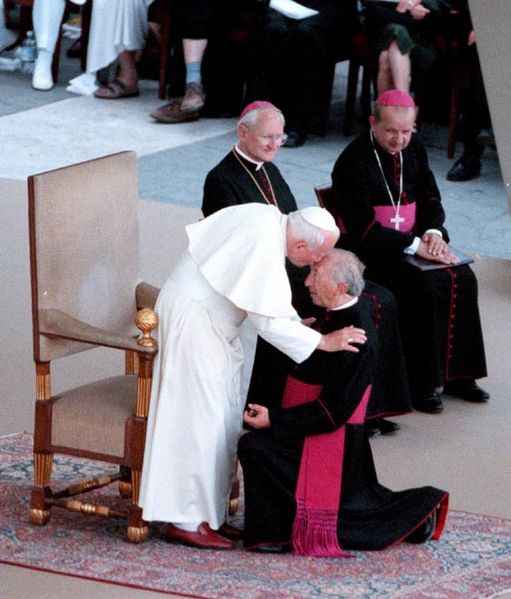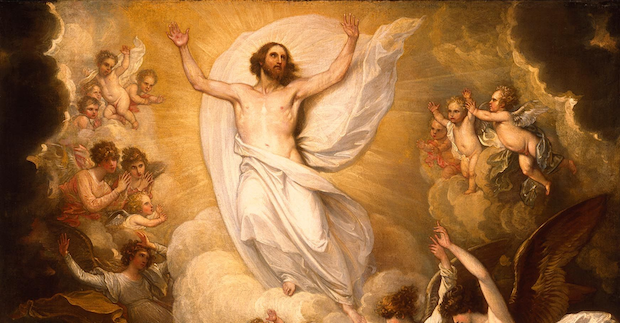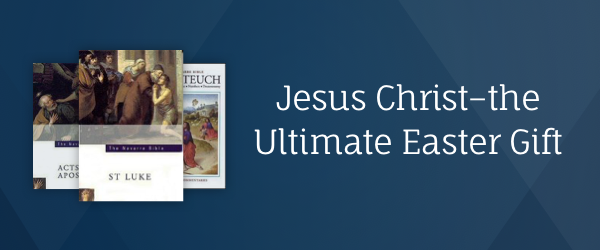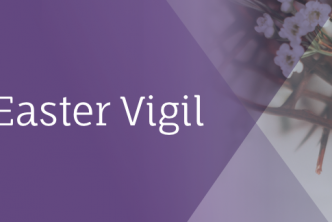This post is by guest blogger Kathryn Heltsley, a member of Verbum’s Product Creation Team.
Across the United States, small groups of people are meeting weekly in parish halls, Sunday school rooms, and private homes. We sing a few songs—anything from traditional hymns to The Beatles—say a prayer, and then break out a text written by founder Don Luigi Giussani, or the current leader, Father Julián Carrón, and discuss how it relates to our lives. We challenge each other not to let the reading remain abstract, but to examine how it is relevant to our circumstances, the drama we live day-to-day. We take vacations together in the summer, engage in retreats and cultural events throughout the year like the New York Encounter, a cultural event in downtown Manhattan open to the public. We share meals, we share our lives.
 We don’t do this because we’re best friends. We’re called together by something stronger than preference. We’re called together by the Mystery, an encounter with Christ. And what we’re living is a movement called Communion and Liberation. Read about the founder of this popular lay movement, Fr. Giussani, in the Wipf and Stock collection from Verbum.
We don’t do this because we’re best friends. We’re called together by something stronger than preference. We’re called together by the Mystery, an encounter with Christ. And what we’re living is a movement called Communion and Liberation. Read about the founder of this popular lay movement, Fr. Giussani, in the Wipf and Stock collection from Verbum.
Communion and Liberation (CL) is a lay movement within the Catholic Church. Originating in Italy in the 1950s, CL grew out of the charism of Don Luigi Giussani (1922–2005), a Catholic priest and high school teacher in Milan. In 1954, Giussani noticed how disconnected his students were from their faith. “Religion” to them was something abstract—an outside addition to their lives—rather than a way to live. In order to educate them toward an awareness of a concrete relationship with the person of Christ, Giussani began a method of catechesis with them that eventually became known as School of Community.
Today, CL is present in over 80 countries. It is mostly made up of lay people, but there are also groups of religious and consecrated laity—notably Memores Domini and the Priestly Fraternity of the Missionaries of St. Charles Borromeo. John Paul II, Benedict XVI, and Pope Francis were all favorable to CL. In fact, Benedict XVI’s papal household was made up of members of Memores Domini, and he attended weekly School of Community with them.
Schools of Community range from thousands of people in a conference room in Milan, to two or three in a living room in Bellingham, to women suffering from HIV at a medical center in Uganda. Groups of high school students, university students, retirees, adult workers, and families all find a common thread in the charism of Luigi Giussani.
When curious people ask, “Hey, what’s this CL thing? Do you have a mission statement?” The general response is, “Come and see.” We’re not trying to be cagey, it’s just that CL isn’t something you explain, it’s something that you live. It is based in amazement at the fact that Christ is present, here and now. That at some point, he entered history, became a person who awakened us to our own humanity. The method of CL is, in part, developig the way we respond to that reality. Around the globe, the Schools of Community are singing together, praying, and reading the same text—often books written by Giussani, or reflections such as the annual Fraternity Exercises given by Carrón. The goal of these readings, prayers, and companionship, are to educate us toward Christian maturity. Communionand Liberation doesn’t solve our problems; it helps us live them!






Thank you Karen this was very informative. I just wander if I could get it started at my parish. Could you give me some pointers on getting this started. I am not sure that it would be my cup of tea but I am somewhat interested in this sort of thing. So maybe if I could get it started it may catch on with others.
Dear Derrick:
We’re so glad you enjoyed the blog post on the Communion and Liberation movement! Someone from Verbum will get back to you by email shortly to discuss starting your own Communion and Liberation small group, which is called a School of Commmunity.
Blessings,
The Verbum Editor